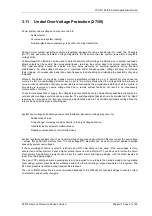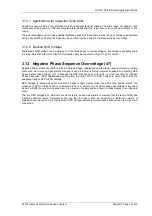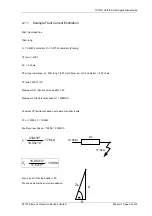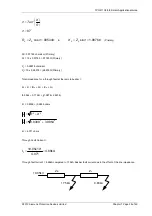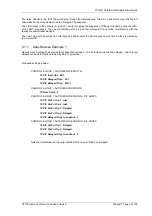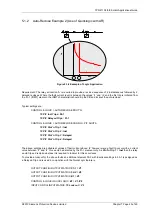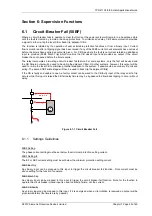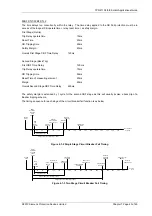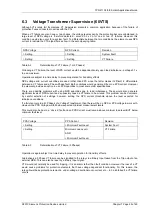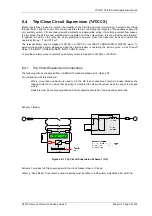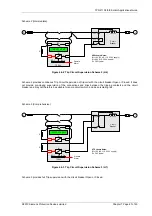
7PG2113/4/5/6 Solkor Applications Guide
6.2
Current Transformer Supervision
When a CT fails, the current levels seen by the protection become unbalanced, however this condition would also
occur during a system fault. Depending upon the relay model different methods are used to determine the
condition, depending upon the measured quantities available.
Current Transformer Supervision (60CTS – 7PG2113/5)
Following a CT Failure, if one or two of the three phases falls below the CT supervision setting the element will
operate
Operation is subject to a time delay to prevent operation for transitory effects.
A 3-phase CT failure is considered so unlikely (these being independent units) that this condition is not tested for.
Current Transformer Supervision (60CTS – 7PG2114/6)
When a CT fails, the current levels seen by the protection become unbalanced. A large level of NPS current is
therefore detected - around 0.3 x In for one or two CT failures. However this condition would also occur for a
system fault. To differentiate between the two conditions, the element uses NPS voltage to restrain the CTS
algorithm as shown in the accompanying table.
NPS Current
NPS Voltage
Decision
> Setting
> Setting
System Fault
> Setting
< Setting
CT Failure
Table 6-1
Determination of VT Failure (1 or 2 Phases)
Following a CT Failure, there should be little or no NPS voltage. Perhaps 0.1 x Vn as a maximum.
Operation is subject to a time delay to prevent operation for transitory effects.
A 3-phase CT failure is considered so unlikely (these being independent units) that this condition is not tested for.
©2010 Siemens Protection Devices Limited
Chapter 7 Page 44 of 49


